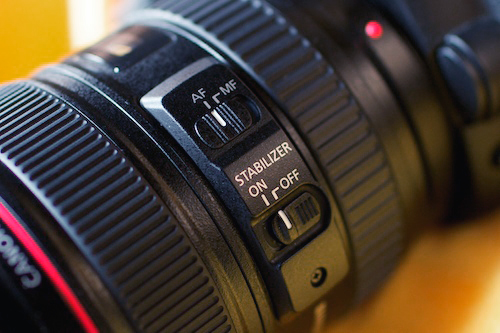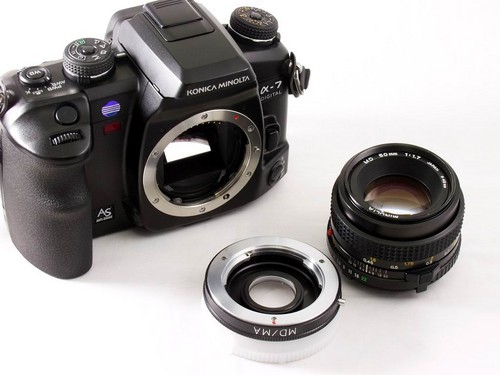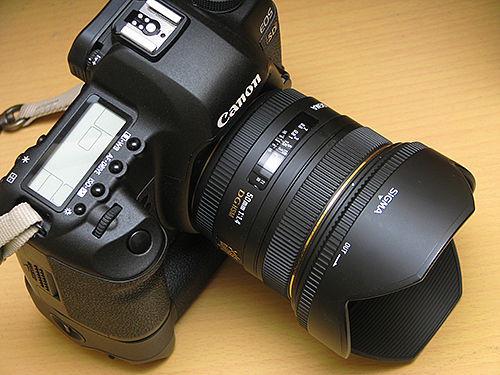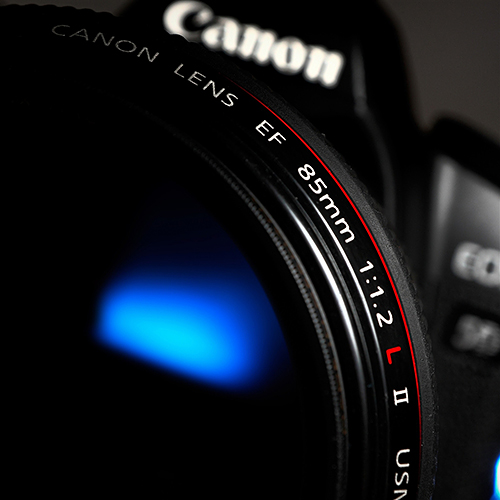
One thing which we recently meet in a new generation digital camera is the image stabilizer feature. This one particular feature is becoming a trend which should be there in every new age camera. However, still there are so many cameras which remain untouched by this very feature. How important is this image stabilizer in the world of photography?
Panasonic calls it “the Mega OIS” and you will find this feature in all series of this camera brand. Meanwhile, canon completes some of their new launched cameras with this image stabilizer/IS, Pentax and Anti Shake/AS, Nikon with Vibration Reduction/VR and Sony with Super Steady Shot. Following behind, there are Olympus, Kodak and Fuji that also choose to take this stabilizer feature as well. Let’s us get to know this feature more.
There are two kinds of image stabilizer. There are optical shift and sensor shift. Both of them aim at reducing trembles or shakes on the camera caused by hand movements when you press the shutter. This tremble is the potential cause of those blurs on your image especially when it is taken in a place with low light condition or using long lens (telephoto).
With the presence of a stabilizer system, the trembling of your hand will be able to be detected by the gyro-sensor on the camera which compensates it by moving unique lens element so the light that falls onto the sensor will not get fault. With a simple examination and trial, it will be able to be proven that it is very difficult to get sharp images on the shutter speed of 1/8 seconds or less with a camera minus-stabilizer while the one that has it will commonly appear sharper.
There are so many of us that tend to think great of this feature and set our expectation high which can sometimes cause some kind of disappointment when we find the results are still blurred. Actually, there are several things which should be known to make this feature works properly and effectively.
• The original stabilizer is the one that got mechanic element which can shift and is movable (optical shift or sensor shift). Make sure the camera you have purchased got a real stabilizer and not the fake one like digital stabilizer which can only increase the ISO or the sensor sensitivity.
• Generally, there are three work modus of a stabilizer, active, normal and off. Use it wisely according to the condition. Choose active when you need to get a stable image when you shoot for example using long lens, or normal to activate the stabilizer only when the shutter is pressed or off when you use tripod.
• The stabilizer will not automatically make every photo you have taken in low speed free blur. At least, the risk can be reduced. You need to remember that stabilizer cannot be used for shooting with super slow shutter. If we like to use 1sec shutter speed or slower than we should use tripod instead.
• Stabilizer can only compensate for hand movement (handshake) and not the object’s movement (moving object). Moving object which is shot on slow shutter will appear blurred. For this case, what you need is the use of high sensitivity or ISO or (if possible) you can ask the object to stay still for awhile.
• For the digital SLR system, there are cameras with stabilizer system on their body like Pentax (AS), Sony (Steday Shot) and Olympus (IS). All three of them make use of sensor-shift stabilizer system. For brands like Nikon, Canon and Panasonic, they choose to use the stabilizer on the lens. There are some pluses and minuses of the both options. Stabilizer system on DSLR body camera is able to let you shoot on slow shutter using any kind of lens. The weakness is that it cannot compensate the hand tremble effectively when you use Tele lens. On the other hand, stabilizer system on the lens (VR-Nikon, IS-Canon, MegaOIS-Panasonic) forces the user to have a series of lenses which feature stabilizer yet it works optimally and properly for low light or Tele photo.
• Last but not least, do not forget to shut down this feature when you use tripod.
Talking about whether your camera requires this feature or not, off course it depends on every individual need of its user. Moreover, cameras or lenses with this feature tend to be more expensive and battery consuming. However, people who often shoot in low light conditions without tripod or ones who usually shoot using long lens will feel the great advantages and benefits of owning this feature. So, What is your shooting style?
















